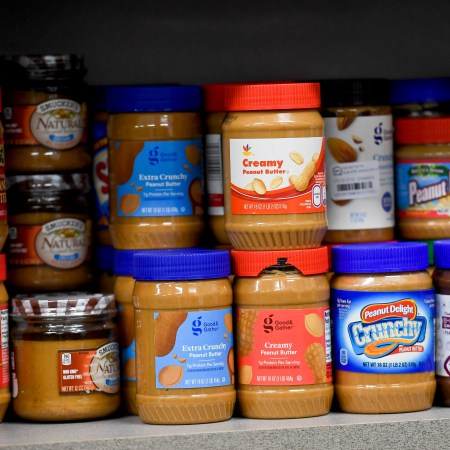Many of us drank more during the pandemic.
The uptick manifested in different ways for different people — Zoom happy hours, social-distanced park hangs, alone while watching Netflix — but a number of reputable studies confirm that we purchased and consumed more alcohol during the year-long peak of COVID-19.
According to research published in Hepatology earlier this year, binge drinking increased by at least 21% during that time. If that trend were to continue, the country could expect up to 35% additional mortality on account of alcohol consumption.
The last two years offer a unique inlet into a form of drinking that doesn’t generally catch headlines, that of “grey area drinking.” Grey area drinkers don’t necessarily have an alcohol use disorder, but they do rely on alcohol to manage emotions or trauma, cap off the end of a day and add fun to their weekends. The tricky bit in understanding grey area drinking is that that all sounds…pretty normal, like an appropriate (albeit imperfect) relationship to a drug that we all understand is dangerous.
But keep in mind that when doctors ask whether you put back more than 14 drinks a week, they’re not pulling that number out of thin air. Consistent, excessive drinking saps your immune system, interferes with muscle protein synthesis and quite literally shrinks the brain.
So even if you haven’t had a life-altering event that’s typical of those with severe alcohol use disorder, it’s important to monitor your consumption, and how it’s affecting your body, brain and relationships with others. The word “spectrum” gets thrown around a lot these days, but it’s relevant here — there are rungs on the ladder between someone who never drinks and someone who has a clinically-recognized problem. How could there not be?
What can you do? Start by taking an honest step back and assessing alcohol’s role in your life. Can you imagine a weekend without it? Do you feel in control while drinking? Do you need it in order to keep your insecurities in check, or to “relax” after a stressful day at work? Do you let down loved ones from time to time on account of your habit?
Unlike those with alcoholism, grey area drinkers don’t check every box on an AUD chart. But they do check some of them. And coming out of the pandemic, when alcohol use was widely encouraged — along with processed foods, TV time and other “guilty pleasures,” as a source of comfort during a difficult time — it’s likely that many have become accustomed to weeks and months with alcohol as a steady companion.
If you suspect you have a larger problem, you need to contact medical professionals. But if this topic at least stirs some retrospection, it’s time to bring some mindfulness to your drinking.
Thanks for reading InsideHook. Sign up for our daily newsletter and be in the know.


















